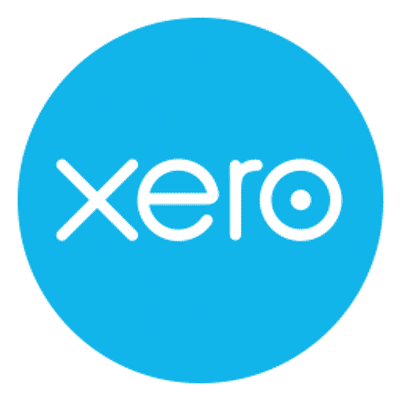Hubspot Marketing Hub is a Marketing Automation Software. Hubspot Marketing Hub offers Website Visitor Tracking, Lead Nurturing, Lead Management, Landing Pages, Email Drip Campaigns and many more functionalities.
Some top alternatives to Hubspot Marketing Hub includes Outgrow, ActiveCampaign, CleverTap, Moosend and Zoho Marketing Automation.
Yes, Hubspot Marketing Hub provides API.
No, Hubspot Marketing Hub doesn't provide mobile app.
Hubspot Marketing Hub is located in Cambridge, Massachusetts
Hubspot Marketing Hub offers Free Trial, Freemium, Subscription pricing models
Yes, Hubspot Marketing Hub can integrate with Xero, GoToWebinar, Airtable, Salesforce and many more.You can find more integration for Hubspot Marketing Hub here
The starting price of Hubspot Marketing Hub is $3,600


































